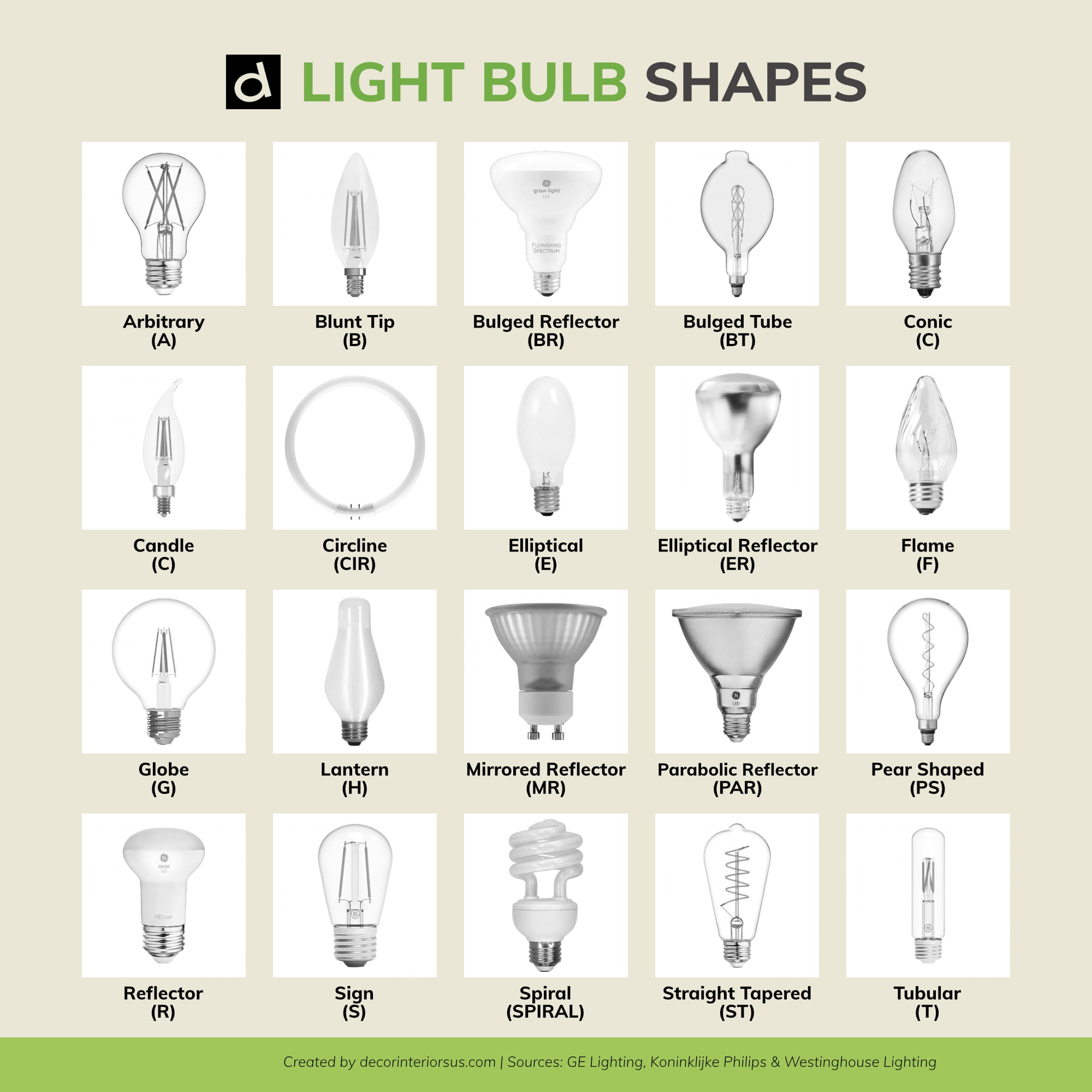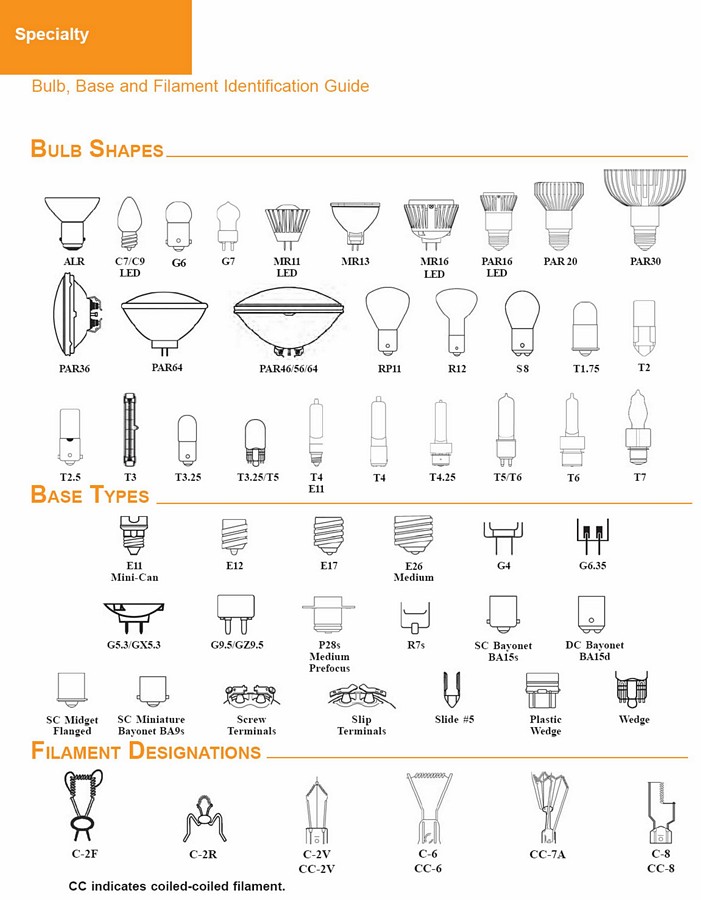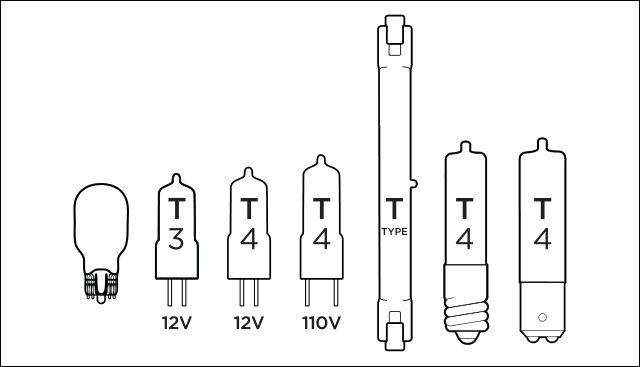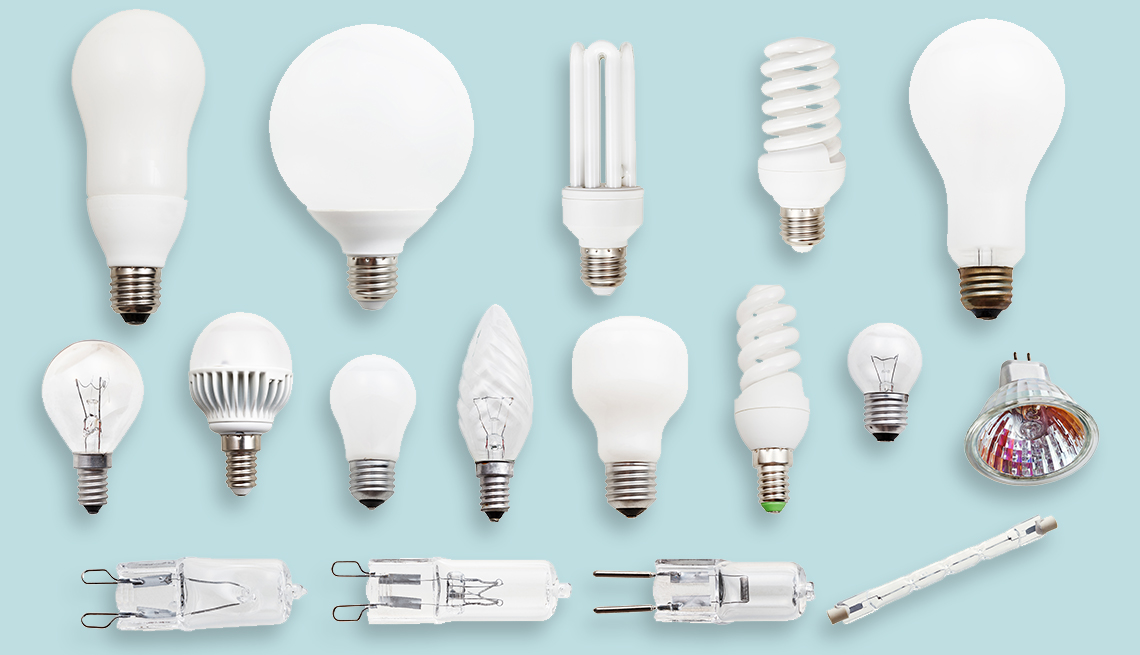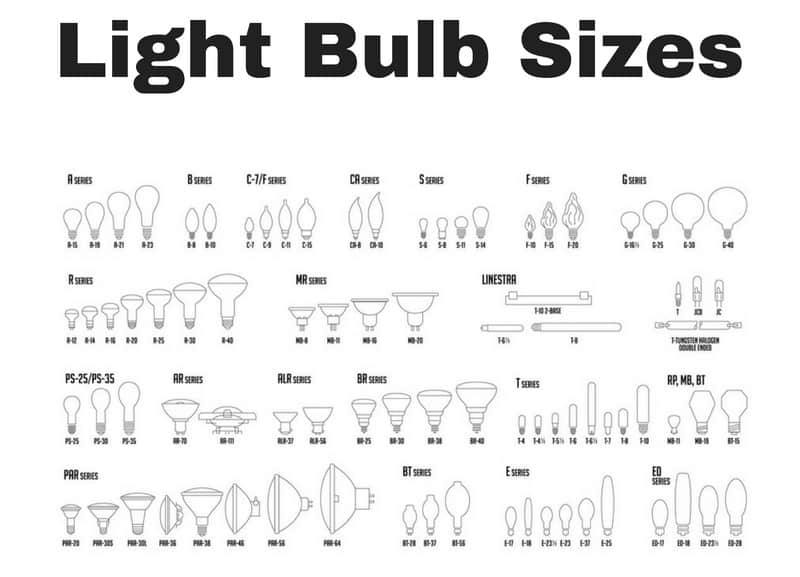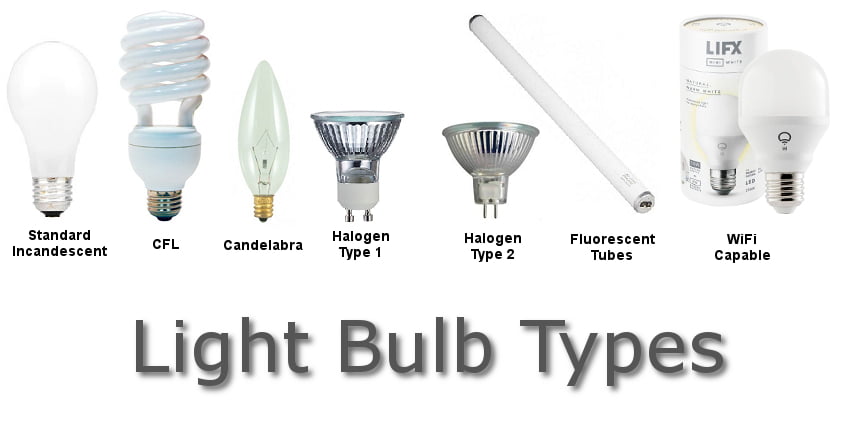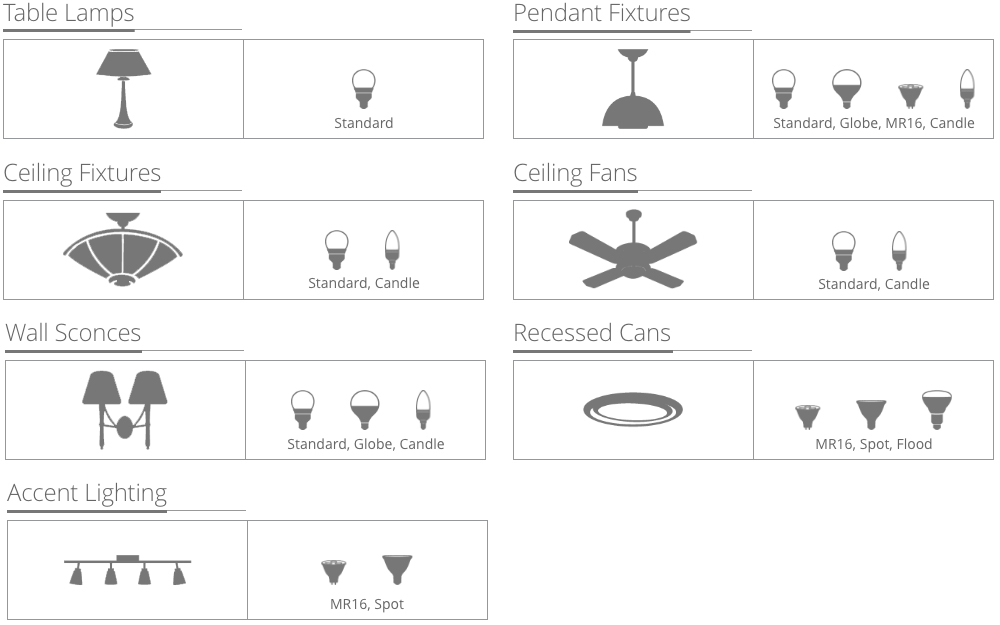Understanding the Importance of Bathroom Light Bulbs
Bathroom lighting is more than just a functional necessity; it sets the mood, enhances safety, and contributes to the overall aesthetics of the space. Here’s why bathroom light bulbs are so crucial:
-
Task Lighting: Adequate lighting is essential for tasks like shaving, applying makeup, or reading in the bathroom. Proper illumination ensures accuracy and reduces eyestrain, making these activities more comfortable and effective.
-
Safety: A well-lit bathroom reduces the risk of accidents, especially in areas prone to slips and falls, such as the shower or near the toilet. Good lighting helps individuals navigate the space safely, particularly during nighttime visits.
-
Ambiance: Lighting significantly influences the ambiance of the bathroom. Whether you desire a bright and energizing space to start your day or a warm and relaxing atmosphere for unwinding in the evening, the right bulbs can create the perfect ambiance.
-
Visual Appeal: Properly chosen light bulbs can enhance the aesthetic appeal of your bathroom. From highlighting architectural features to accentuating décor elements, lighting can elevate the overall look and feel of the space.
-
Mood Enhancement: Lighting affects mood and emotions. Soft, warm lighting can create a cozy and intimate atmosphere, while bright, cool lighting can promote alertness and productivity. Understanding how different lighting options impact mood allows you to tailor the ambiance to your preferences.
-
Energy Efficiency: With advancements in technology, energy-efficient light bulbs offer not only cost savings but also environmental benefits. LED and CFL bulbs consume less energy, last longer, and produce less heat, making them eco-friendly alternatives for bathroom lighting.

Different Types of Bathroom Light Bulbs: A Comparative Analysis
Choosing the right type of light bulb for your bathroom involves considering factors like brightness, color temperature, energy efficiency, and bulb lifespan. Here’s a comparative analysis of the different types of bathroom light bulbs:
-
Incandescent Bulbs: Traditional incandescent bulbs emit a warm, inviting light but are less energy-efficient and have a shorter lifespan compared to newer alternatives. They are suitable for vanity lighting but may not provide sufficient brightness for task lighting.
-
Halogen Bulbs: Halogen bulbs produce bright, white light similar to natural daylight, making them ideal for task lighting in the bathroom. However, they have a shorter lifespan and higher energy consumption than LED or CFL bulbs.
-
LED Bulbs: LED bulbs are highly energy-efficient, long-lasting, and available in various color temperatures to suit different preferences. They provide bright, clear illumination ideal for both task lighting and ambient lighting in the bathroom.
-
CFL Bulbs: Compact fluorescent lamps (CFLs) offer energy savings and come in a range of color temperatures. While they are more efficient than incandescent bulbs, CFLs may take some time to reach full brightness and contain small amounts of mercury, requiring proper disposal.
-
Smart Bulbs: Smart bulbs, controllable via smartphone apps or voice commands, offer customizable lighting options and energy-saving features. They are convenient for adjusting brightness and color temperature according to different activities or times of day.
-
Decorative Bulbs: For added style and ambiance, decorative bulbs such as Edison bulbs or globe bulbs can complement the bathroom décor. However, they may not provide sufficient brightness for task lighting and are often used in conjunction with other light sources.
Choosing the Right Bathroom Light Bulb for Your Needs
Selecting the perfect bathroom light bulb involves assessing your specific lighting requirements, preferences, and budget. Here are some factors to consider when choosing the right bulb for your needs:
Brightness: Determine the level of brightness needed for different areas of the bathroom. Task lighting requires higher brightness levels, while ambient lighting can be softer. Look for bulbs with lumens rather than wattage to accurately gauge brightness.
Color Temperature: Consider the color temperature of the bulb, measured in Kelvin (K). Warmer temperatures (2700-3000K) create a cozy ambiance, while cooler temperatures (4000-5000K) mimic daylight and promote alertness.
Color Rendering Index (CRI): CRI measures how accurately a light source reveals the true colors of objects. Opt for bulbs with a high CRI for accurate color representation, particularly important for tasks like makeup application.
Energy Efficiency: Choose energy-efficient bulbs like LED or CFL to reduce electricity costs and minimize environmental impact. Look for bulbs with the ENERGY STAR label for guaranteed energy savings and performance.
Lifespan: Consider the longevity of the bulb. LED bulbs typically last much longer than incandescent or halogen bulbs, saving you money on replacements in the long run.
Fixture Compatibility: Ensure that the chosen bulb is compatible with your existing fixtures and dimmer switches, if applicable. Some LED bulbs may not be compatible with certain dimmers, leading to flickering or buzzing.
Energy-Efficient Options: Eco-Friendly Bathroom Light Bulbs
In today’s environmentally conscious world, opting for eco-friendly bathroom light bulbs not only reduces your carbon footprint but also saves you money on energy bills. Here are some energy-efficient options to consider:
LED Bulbs: LED bulbs are the most energy-efficient option available, consuming significantly less energy than traditional incandescent or halogen bulbs. They also last much longer, reducing the frequency of replacements and saving resources.
CFL Bulbs: Compact fluorescent lamps (CFLs) are another energy-saving alternative, using up to 75% less energy than incandescent bulbs. While they contain small amounts of mercury, proper disposal ensures minimal environmental impact.
ENERGY STAR Certified Bulbs: Look for bulbs with the ENERGY STAR certification, indicating that they meet strict energy efficiency and performance criteria set by the U.S. Environmental Protection Agency (EPA). These bulbs are guaranteed to save energy without sacrificing quality or performance.
Dimmable Bulbs: Dimmable LED or CFL bulbs allow you to adjust brightness levels according to your needs, further maximizing energy savings. Dimming the lights when full brightness is unnecessary reduces energy consumption and extends bulb lifespan.
Smart Bulbs: Smart bulbs offer energy-saving features such as scheduling, motion sensing, and remote control via smartphone apps. They allow you to customize lighting settings and monitor energy usage, promoting efficient usage habits.
Solar-Powered Lighting: Consider installing solar-powered lighting fixtures for outdoor bathrooms or areas with ample natural sunlight exposure. Solar lights harness renewable solar energy during the day and automatically illuminate the space at night, reducing reliance on grid electricity.
Tips for Installing and Maintaining Bathroom Light Bulbs
Proper installation and maintenance are essential for maximizing the lifespan and performance of your bathroom light bulbs. Here are some tips to help you:
Choose Waterproof Fixtures: Opt for waterproof light fixtures rated for use in damp environments like bathrooms. These fixtures are designed to withstand moisture and humidity, minimizing the risk of electrical hazards.
Follow Manufacturer Guidelines: Always follow the manufacturer’s guidelines and specifications when installing light bulbs and fixtures. Improper installation can lead to malfunctions, electrical hazards, or void warranties.
Use GFCI Outlets: Install ground fault circuit interrupter (GFCI) outlets in the bathroom to protect against electrical shocks and short circuits. GFCIs automatically cut off power if they detect any irregularities, enhancing safety.
Clean Regularly: Dust and debris can accumulate on light bulbs and fixtures, reducing light output and efficiency. Clean light bulbs and fixtures regularly using a soft, dry cloth or a gentle cleaning solution to maintain optimal performance.
Replace Bulbs Promptly: Replace burnt-out or flickering bulbs promptly to prevent strain on the remaining bulbs and maintain consistent lighting levels. Keep spare bulbs on hand to ensure quick replacements when needed.
Schedule Inspections: Periodically inspect light fixtures, wiring, and connections for signs of wear, damage, or corrosion. Address any issues promptly to prevent electrical problems and ensure safe operation.
Step-by-Step Guide to Buying Light Bulbs
Types of Light Bulbs Every Homeowner Know u2014 Bob Vila
56 Different Types of Light Bulbs (Illustrated Charts u0026 Buying
Light Bulb Types: The Homeowners Guide to by DOC Electric
Types of Light Bulbs: A Brief History and Buying Guide
Types of Lightbulbs: How to Choose the Right One Wayfair
Home Lighting 101: A Guide to Understanding Light Bulb Shapes
Types of Light Bulbs
Related Posts:
- Chrome Bathroom Light Pull Cord
- Ballard Designs Bathroom Lighting
- Led Flush Bathroom Light
- Bathroom Light Fixtures Mounted On Mirror
- Triple Bathroom Light
- Bright Led Bathroom Lights
- Venetian Bronze Bathroom Light Fixtures
- Industrial Look Bathroom Lighting
- Schoolhouse Electric Bathroom Lighting
- Bathroom Light Bulbs Burning Out
